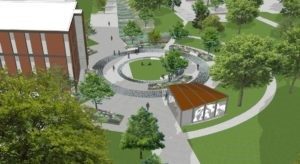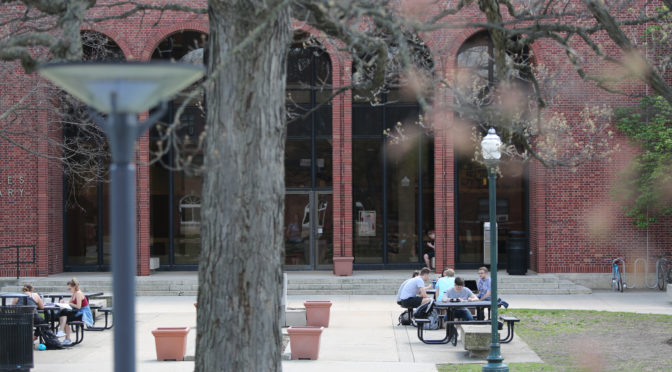Drake will host the Iowa State High School Track Meet, one of the largest state high school track events in the United States, from May 17-19. Please be mindful of the following information as we plan for the overlap of this event with other year-end activities on campus, including commencement and move-out time.
The safety and convenience of our students, faculty, and staff is our top priority, and we’ve taken additional steps to help ensure general safety and a smooth move-out process for students living in the residence halls.
Traffic and road closure information
- Forest Avenue will be closed between 27th Street and 29th Street (east of Herriott Hall, in front of Drake Stadium) from Wednesday, May 16, at noon to Saturday, May 19, at 6 p.m. This is designed to increase public safety and to help parents move out of the residence halls in a timely manner.
- Parents helping move their student out of their residence hall will have access to Forest Avenue from the west (30th Street), and will be able to park along both sides of Forest Avenue (except between 27th and 29th Streets), and have vehicle access to the entire driveway to Herriott Hall.
- 27th Street will be shut down for bus traffic from Forest Avenue to Clark Street from Thursday, May 17, to Saturday, May 19.
Planning your move-out
- The first-year residence halls (Herriott, Carpenter, Crawford, Stalnaker) and Morehouse Hall will close for the semester at 5 p.m. Friday, May 18.
- Vehicular traffic in the Drake neighborhood is likely to increase as the week progresses, so students may want to check out as soon as possible upon completion of their exams. Students can schedule a check-out time with any resident assistant (RA) in their residence hall. During this appointment the RA will verify all personal property has been removed from the room, complete a room check, and collect the student’s room key.
Plan for parking challenges
- Plan for extra time to find parking as well as to travel to campus.
- Commuters, faculty, and staff can avoid parking challenges by using alternative forms of transportation or carpooling. Remember, Drake provides no-cost DART rides to faculty, staff, and students. All you have to do is show your Drake ID upon boarding the bus.
Access to parking lots
- Only Lot 2 (south side of 25thStreet and Forest Avenue) & Lot 4 (Tennis Center) will be dedicated to the state track meet from May 17-19. All other commuter parking lots will be available for faculty, students, and staff to use.
- Lot 13 (Wifvat Plaza) will be open on both Thursday, May 17, and Friday, May 18.
- All residential parking lots will be under 24-hour residential permit-only restrictions throughout the state track meet. Any car parked in a residential lot from May 17-19 without a Drake permit will be towed. Additional signage will be posted at all residential lots as a reminder.
- On Saturday, May 19, both Lot 13 (Wifvat Plaza) and Lot 10 (directly across from The Knapp Center) will be reserved for families attending the School of Pharmacy and Health Sciences graduation ceremony. The lots will open at 1 p.m. for these guests.
Contact us ahead of time with questions or concerns
If you have specific concerns or questions regarding parking from May 17-19, contact Scott Law at scott.law@drake.edu. While there is limited room for exceptions to these parking rules and restrictions, I am happy to listen and discuss any concerns. It is easier to be proactive, prior to events beginning, rather than reactive, once the meet has begun. Thank you in advance for your patience and cooperation.
— Scott Law, Public Safety & Operational Services


